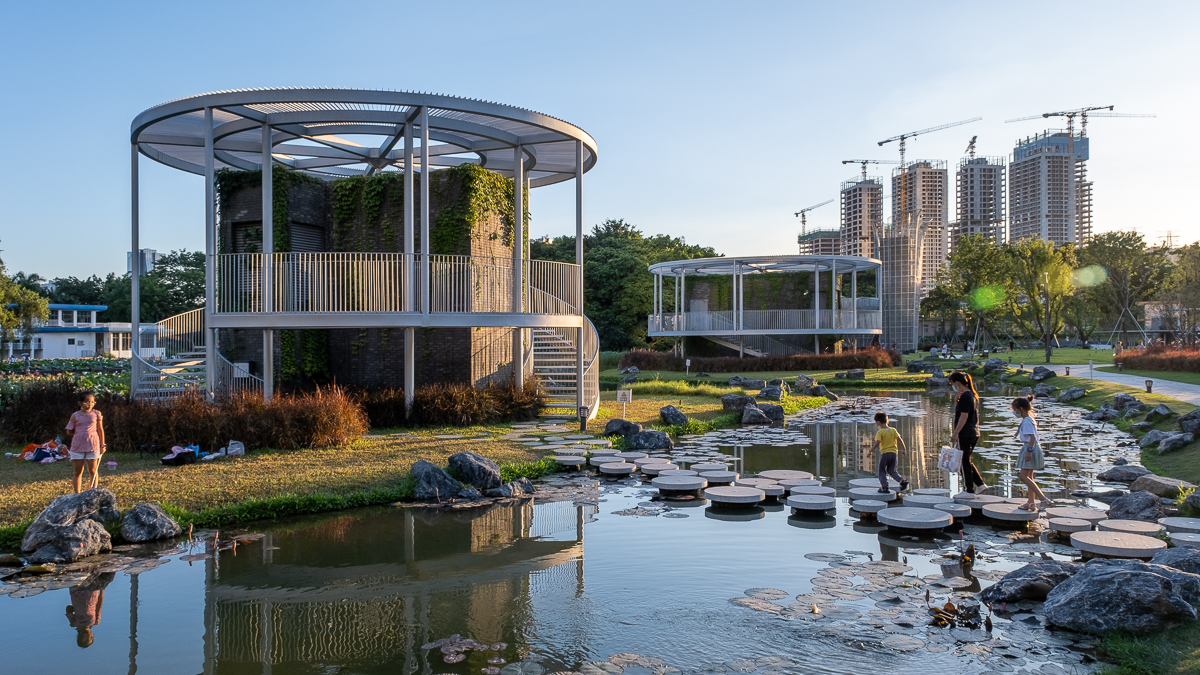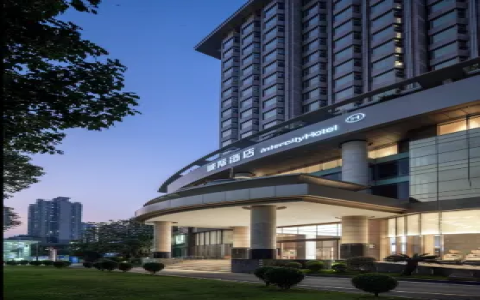Alright, so let me tell you about my time in Shenzhen and what I figured out about their whole water situation. It wasn’t like I went there to study hydrology or anything, I was just living, working, you know? But you can’t be in a city that exploded like Shenzhen did and not notice a few things, especially when it comes to something as basic as water.
First Impressions and Growing Pains
When I first got to Shenzhen, it was all about the new buildings, the tech, the sheer speed of everything. Incredible energy. But after a while, you start seeing the other side. The city grew so fast, like, ridiculously fast. And with all those people and all that concrete, you start to wonder: where’s the water coming from? And more importantly, especially during typhoon season, where’s it all supposed to go?
I remember a few heavy rains that turned streets into rivers. Not fun. And you’d hear chatter, concerns about water quality sometimes, or if there’d be enough to go around in the long run. It became pretty clear that the “grow first, ask questions later” approach had its limits, especially with something as vital as water.
Spotting the “Strategy” in Action
Now, I didn’t sit in on any city planning meetings, but you’d have to be blind not to see them trying to get a handle on it. I heard people mention a “Shenzhen Water Strategy.” Sounded official, but for me, it was more about what I saw changing on the ground. It wasn’t just one big project; it was a bunch of stuff happening all over.
Here’s what I noticed, my own sort of checklist of their efforts:

- Guarding the Sources: They got way more serious about protecting the reservoirs. I saw new fences, more signs, and just a general sense that they were trying to keep the sources clean. Made sense, right? You can’t have millions of people drinking dirty water.
- Battling the Deluge: This was a big one. After a few messy floods, you saw a lot more construction focused on drainage. Digging new channels, widening old ones. They even started to make some of the concrete canals look a bit more natural, with plants and stuff. I guess they figured working with nature was better than just paving everything over. Shenzhen literally means ‘deep channels’ or ‘deep ditches’ so it felt like they were finally paying attention to the city’s own name.
- Cleaning Up Their Act: Some of the rivers and waterways in the city, let’s be honest, used to be pretty nasty. But then I started seeing cleanup crews, and projects to restore the banks. Slowly, some of these places actually started to look like spots where you might want to spend an afternoon. A huge improvement.
- Making Water Visible (and Safer): It wasn’t just about hiding pipes underground. There was an effort to make water bodies part of the city’s appeal, but also ensuring the water was safe, not just for looking at but for the environment generally.
My Takeaway
So yeah, that was my experience watching Shenzhen try to sort out its water. It’s a massive job, and I bet it’s still ongoing. Building a megacity in a few decades is one thing, but making it sustainable, especially with water, that’s a whole other level of challenge. It’s not just about engineering; it’s about a long-term vision. From what I saw, they were definitely trying to put one in place. It wasn’t always pretty, and I’m sure there were plenty of headaches behind the scenes, but you could see the effort. It’s one of those things you don’t think about until it becomes a problem, but once it is, you really see how crucial it is.
